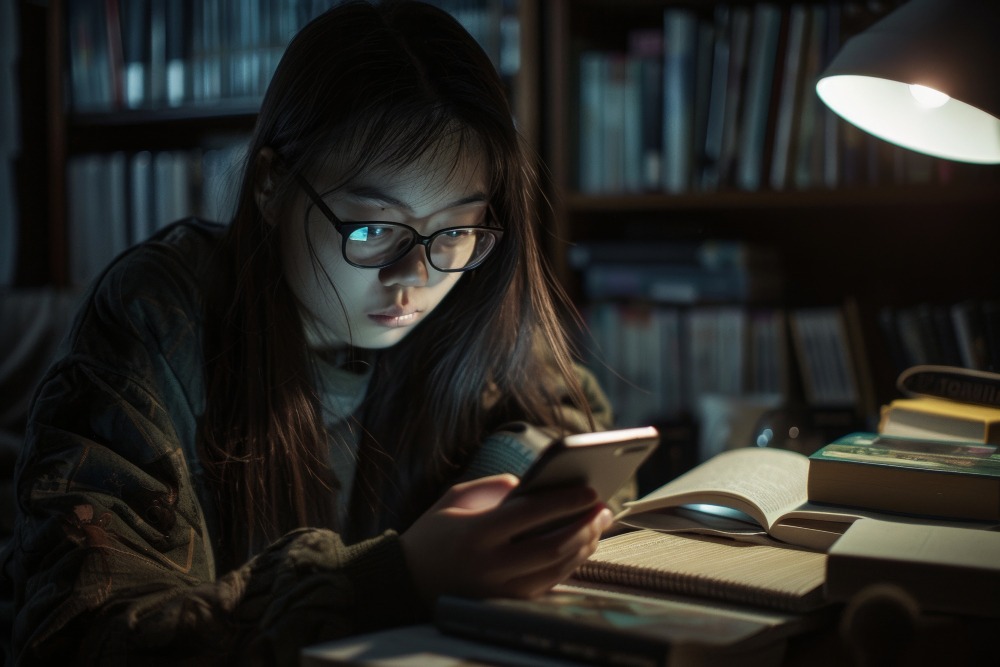In today’s digital age, student engagement in the classroom can be a constant battle. Traditional methods sometimes struggle to compete with the allure of smartphones, tablets, and the ever-expanding world of online entertainment. But what if the answer to combating boredom lies within these very devices? Enter educational apps – interactive, engaging tools that have the potential to transform learning from a chore into a captivating adventure.
The Allure of Boredom: Understanding the Challenge
Student boredom in the classroom is a complex issue with multifaceted causes:
- Lack of Engagement: Traditional teaching methods may not cater to diverse learning styles, leading to students feeling disengaged and unchallenged.
- Rote Learning: Overemphasis on rote memorization can stifle curiosity and make learning feel monotonous.
- Irrelevance to Real Life: Students may struggle to connect the material being taught to their everyday lives, leading to a sense of disconnect and lack of motivation.
Statistics: A study by Edutopia found that 60% of students report feeling bored in class at least once a week [2].
The Rise of Edutainment: Educational Apps to the Rescue?
Educational apps offer a compelling alternative to traditional learning methods:
- Interactive and Engaging: Apps leverage multimedia elements like games, simulations, and augmented reality (AR) to create a dynamic and interactive learning experience.
- Personalized Learning: Many apps cater to individual learning styles and pace, allowing students to progress at their own comfort level.
- Gamification: Incorporating game mechanics like points, badges, and leaderboards can make learning fun and motivate students to keep exploring.
Statistics: A study by Deloitte found that students using educational apps showed a 20% improvement in learning outcomes compared to traditional methods [3].
Unlocking the Potential: Exploring Different Educational App Categories
The vast array of educational apps caters to diverse learning needs:
- Gamified Learning Apps: These apps transform learning into a game, with students completing challenges, earning rewards, and progressing through levels as they master concepts.
- Subject-Specific Apps: From math and science to language learning and history, there are apps specifically designed to reinforce classroom learning in various subjects.
- Creative Expression Apps: These apps encourage students to explore their creativity through activities like animation, music composition, and storytelling.
Statistics: A study by Joan Ganz Cooney Center found that students who used educational apps for creative expression showed a 15% increase in problem-solving skills [4].
Beyond the App: Considerations for Successful Implementation
Educational apps are a valuable tool, but they’re not a magic bullet. Here’s how to ensure successful implementation:
- Teacher Integration: Effective app use requires teacher guidance and integration with classroom curriculum.
- Curated Selection: Not all apps are created equal. Educators and parents should carefully evaluate apps based on educational value and age-appropriateness.
- Balance is Key: While apps offer benefits, traditional learning methods remain vital. Striking a balance between screen time and other learning activities is crucial.
Statistics: A study by PBS LearningMedia revealed that students who used educational apps in conjunction with traditional learning methods showed the most significant gains in academic achievement [5].
The Future of Learning: Embracing a Blended Approach
The future of education lies in a blended approach that leverages the strengths of both traditional methods and technology:
- Personalized Learning Paths: Technology can personalize learning journeys, allowing students to explore topics in-depth based on their interests and learning pace.
- Real-World Application: Educational apps can be used to bridge the gap between theory and practice, allowing students to see the application of concepts in real-world scenarios.
- Collaborative Learning: Apps can facilitate collaborative learning experiences, encouraging students to connect and learn from each other.
Statistics: A report by the World Economic Forum predicts that by 2030, personalized learning will be a cornerstone of successful education systems globally [6].
Frequently Asked Questions (FAQ)
General Questions:
- Can educational apps really help students learn?
Yes, educational apps can be a valuable tool for boosting student engagement and improving learning outcomes. They offer interactive and personalized experiences that cater to diverse learning styles and can make learning more fun and effective.
- What are the biggest challenges students face in the classroom?
Student boredom can stem from various factors, including lack of engagement with traditional methods, rote memorization, and difficulty connecting classroom learning to real-world applications.
- How can educational apps address these challenges?
Educational apps use multimedia elements, gamification, and personalized learning to create a more engaging and interactive learning experience. They can also help students see the practical applications of what they’re learning, fostering a deeper understanding.
Using Educational Apps Effectively:
- What role do teachers play in using educational apps in the classroom?
Teacher involvement is crucial. Effective app use requires integration with the curriculum and guidance from educators to ensure students are using the apps appropriately and maximizing their learning potential.
- How can parents choose the right educational apps for their children?
Not all apps are created equal. Parents and educators should carefully evaluate apps based on educational value, age-appropriateness, and alignment with learning goals. Consider factors like content quality, user interface, and privacy settings.
- Is it okay for students to use educational apps all the time?
Balance is key. While educational apps offer benefits, traditional learning methods and screen-free activities remain vital. Establish healthy screen time limits and encourage a variety of learning experiences.
The Future of Learning:
- How will technology change the way students learn in the future?
The future of education is likely to embrace a blended approach that combines traditional methods with technology. Educational apps can personalize learning journeys, bridge the gap between theory and practice, and facilitate collaborative learning experiences.
- What are some key trends in the future of education?
Personalized learning paths, real-world application of concepts, and collaborative learning are expected to be cornerstones of successful education systems in the coming years.
Conclusion
Educational apps are not a replacement for teachers, but rather a powerful tool to enhance the learning experience. By fostering engagement, personalization, and a love for learning, they have the potential to transform classrooms from monotonous environments into vibrant hubs of discovery.


